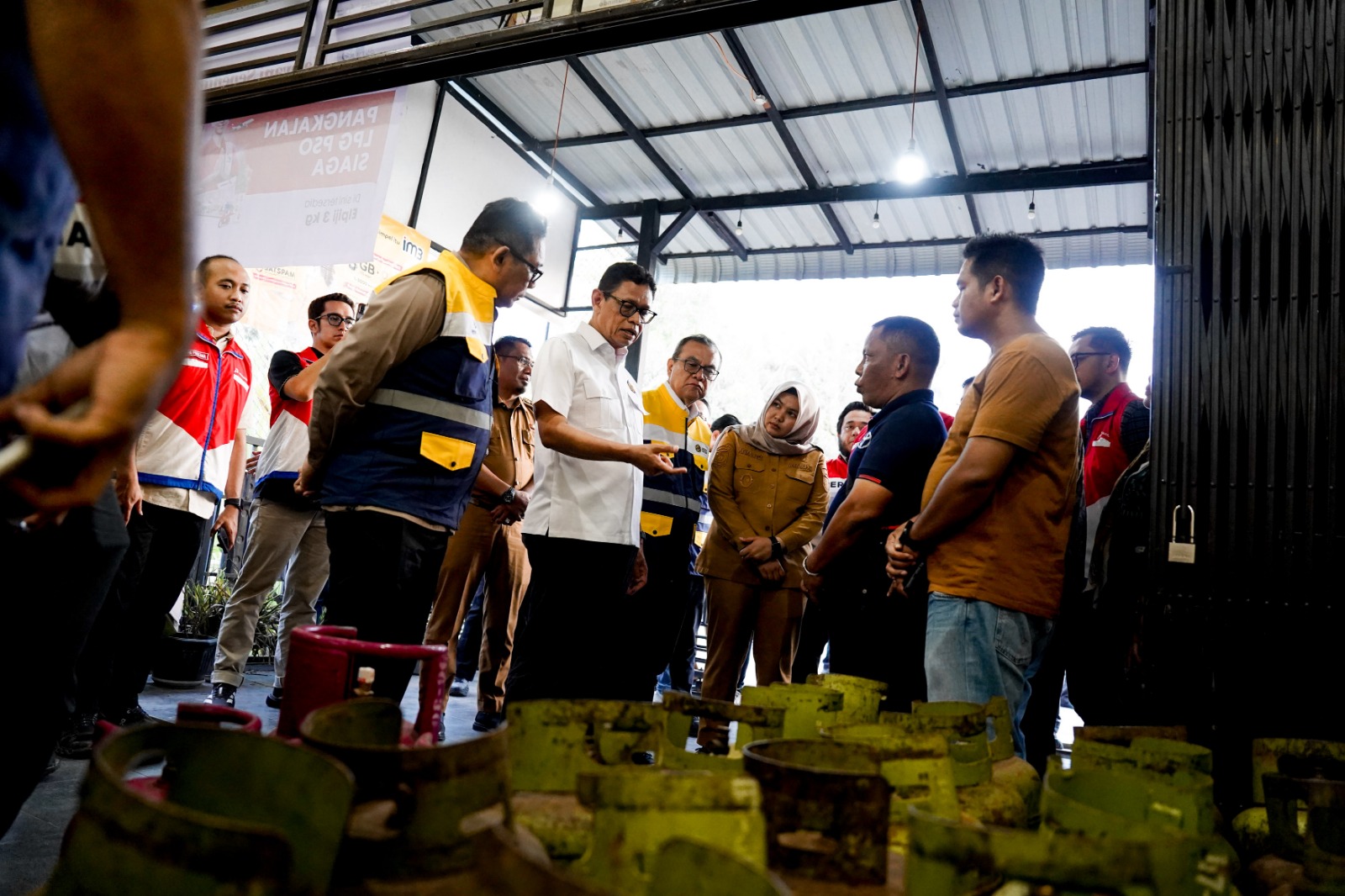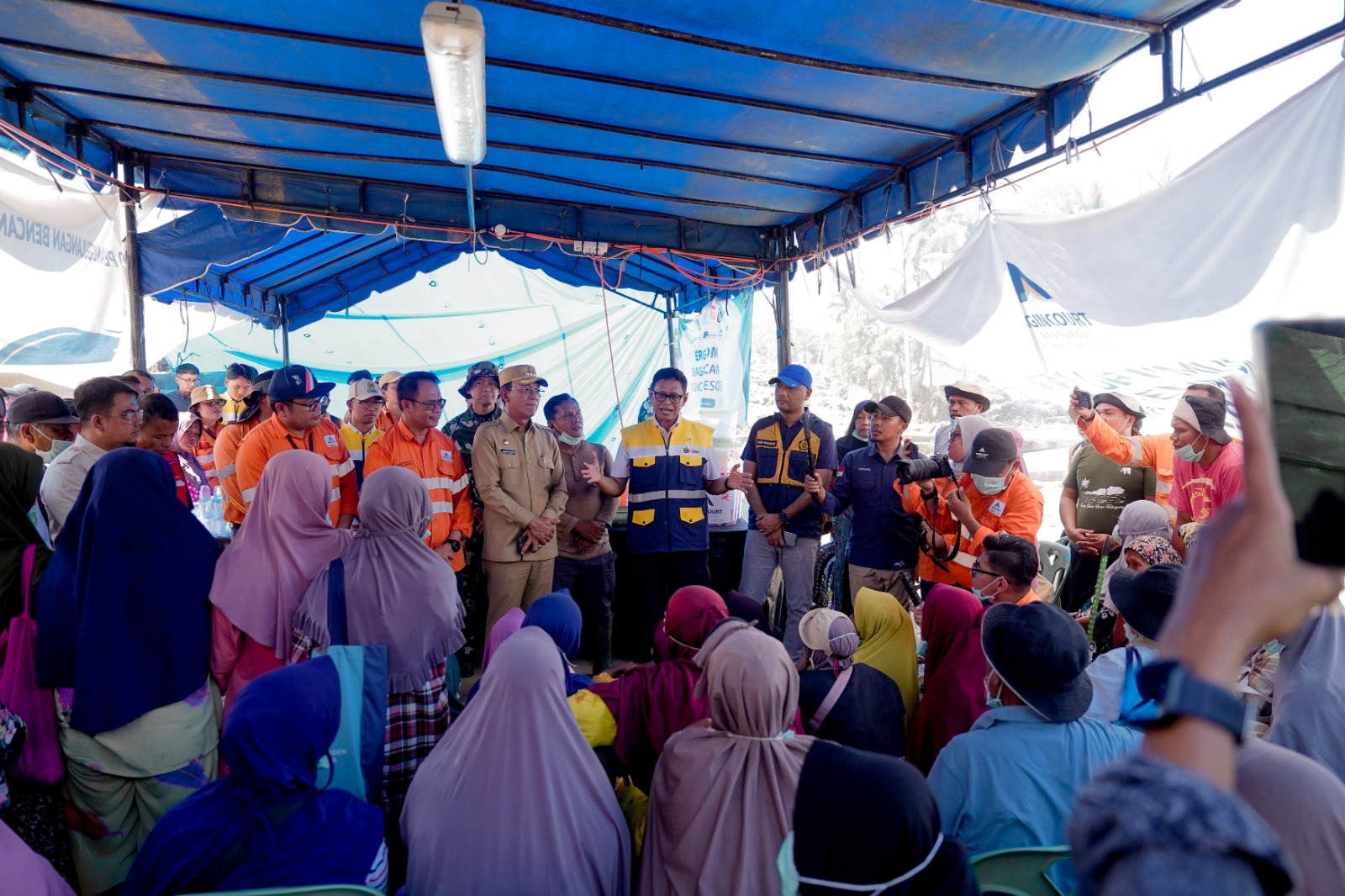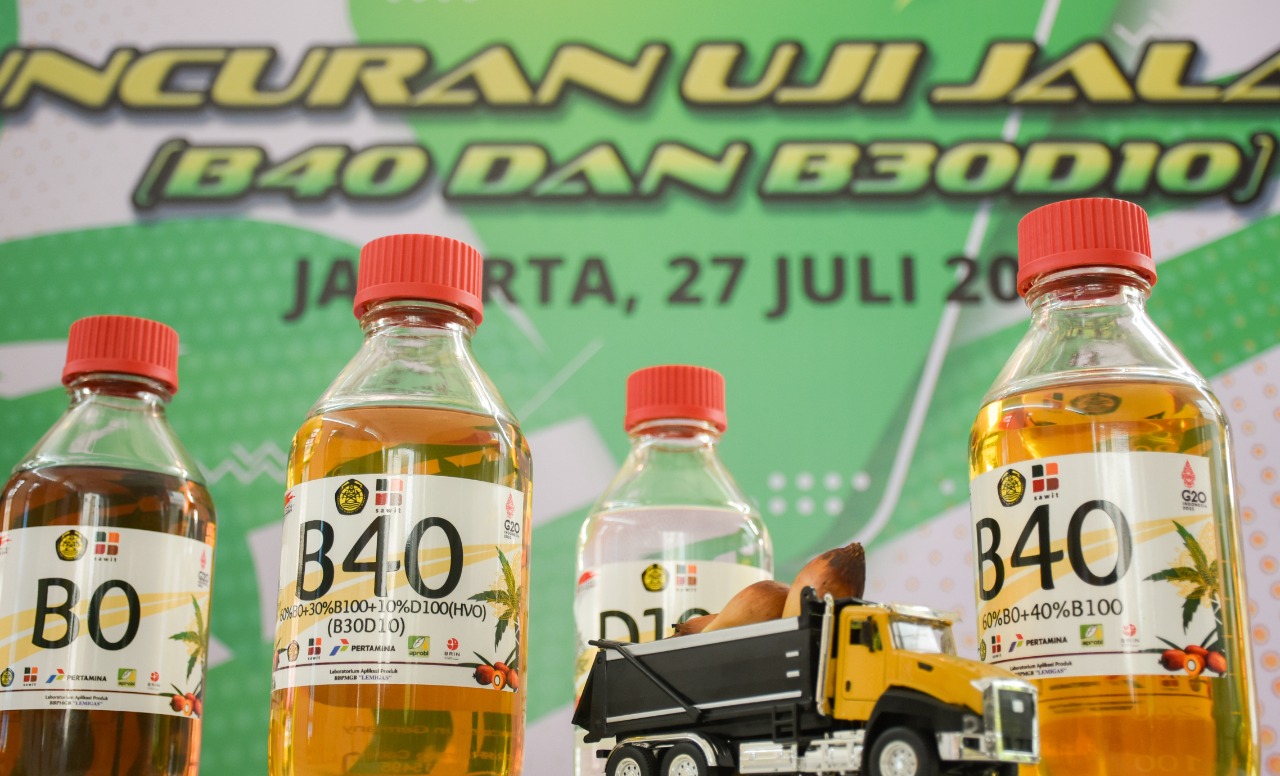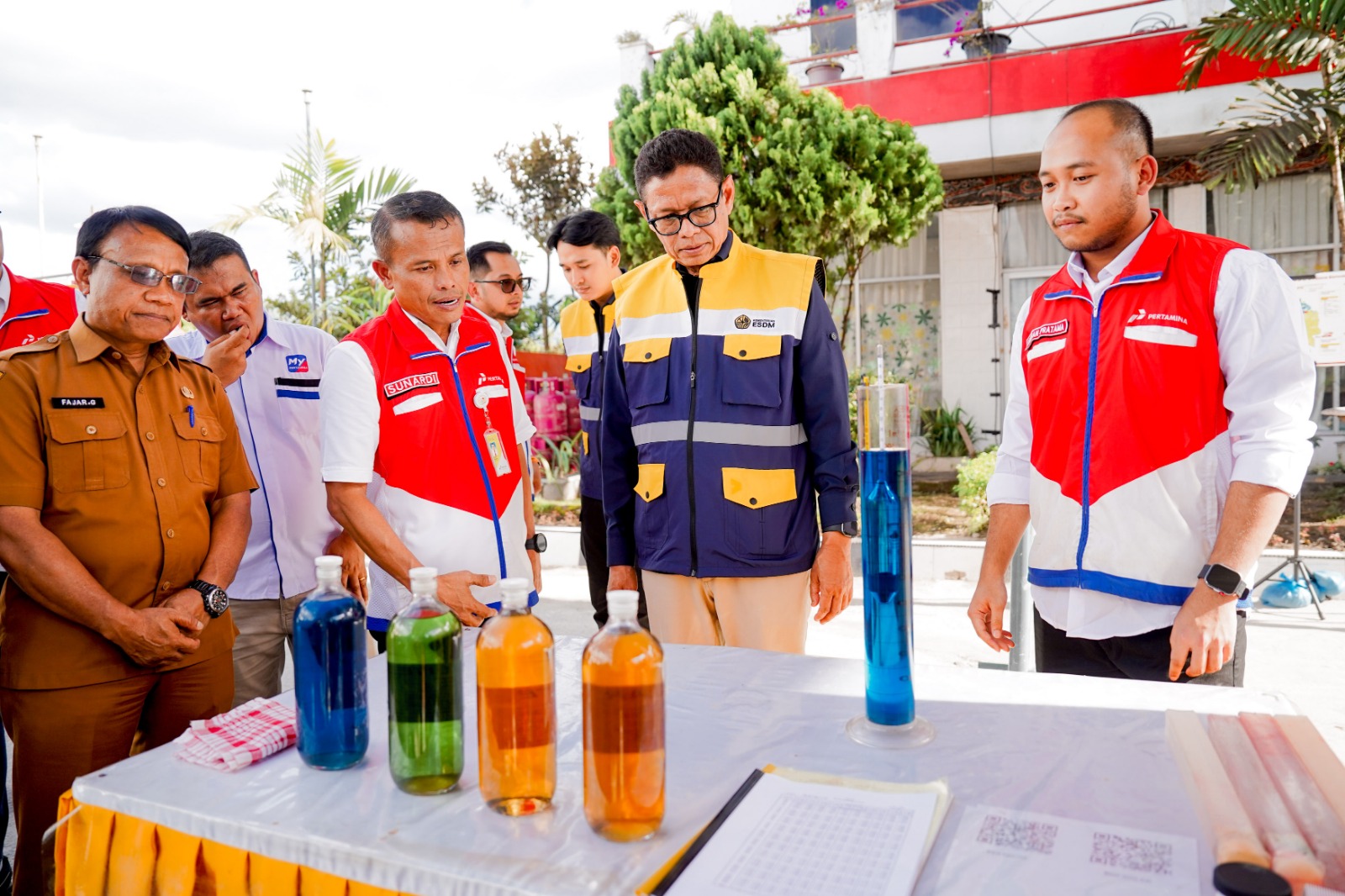Energy Minister Spells Out Energy Transition Road Map in Meeting with World Bank
MINISTRY OF ENERGY AND MINERAL RESOURCES
THE REPUBLIC OF INDONESIA
PRESS RELEASE
NUMBER: 73.Pers/04/SJI/2022
Date: 16 February 2022
Energy Minister Spells Out Energy Transition Road Map in Meeting with World Bank
Minister of Energy and Mineral Resources (EMR), Arifin Tasrif, on Tuesday (15/2) held a meeting with the World Bank's Managing Director for Operations, Axel van Trotsenburg, and Vice President for East Asia and the Pacific, Manuela Ferro. The meeting discussed Indonesia's efforts to carry out the energy transition, one of the main pillars of the G20 Indonesia Presidency.
Arifin said that the Indonesian government is committed to achieve 23 percent of new, renewable energy share in the country's energy mix by 2025. At the end of 2021, renewables accounted for 11.7 percent of the energy mix.
"To reach this target, we issued a ministerial regulation on rooftop solar systems. We've also set a target to add 3.6 Gigawatt (GW) of installed rooftop solar capacity by 2025. Indonesia is a tropical country, so many areas receive maximum solar radiation. We also have the energy potential from wind, water, and tidal," said Arifin at the office of the Ministry of EMR.
Arifin went on to detail the efforts to reach the energy mix target, such as the construction of 10.6 GW of renewables power plants, including the conversion of diesel power plants to renewables ones, and the use of up to 11.6 million kiloliters of biofuel.
Arifin also pointed out that the Indonesian government has made a road map to Net Zero Emission (NZE) by 2060. According to the road map, starting from 2030, additional capacity will only come from renewables power plants. From 2035, power generation will be dominated by Variable Renewable Energy (VRE) from solar, followed by wind and tidal. Hydrogen will be used gradually from 2031 and massively from 2051. From 2049, nuclear power plant will enter the generation system.
"On the electricity generation side, we have tidal, solar, hydroelectric, geothermal, and so on. However, our largest source of energy is currently solar. In addition, we have not considered the use of nuclear (in the near future), but instead from 2049," explained Arifin.
Indonesia will also develop a super grid to improve electrical connectivity, where new inter-system and inter-island transmission power lines are needed to share sources of renewable energy of a certain region.
"We have to develop the infrastructure to connect the main islands with the transmission power lines supplied by renewables power plants. For example, North Kalimantan will be interconnected with Sumatra and Sulawesi. In addition, the electricity supply from Nusa Tenggara, where solar energy is plentiful, can be interconnected with Sulawesi and Kalimantan," Arifin added.
At the end of this meeting, Arifin said his ministry would maintain good relations with the World Bank so as to fulfill the energy transition targets.
"We will continue to cooperate with the World Bank and hope that we can arrange for other programs to be executed," Arifin concluded. (IY)
Head of Bureau of Communication, Public Information Services, and Cooperation
Agung
Pribadi (08112213555)
Share This!






